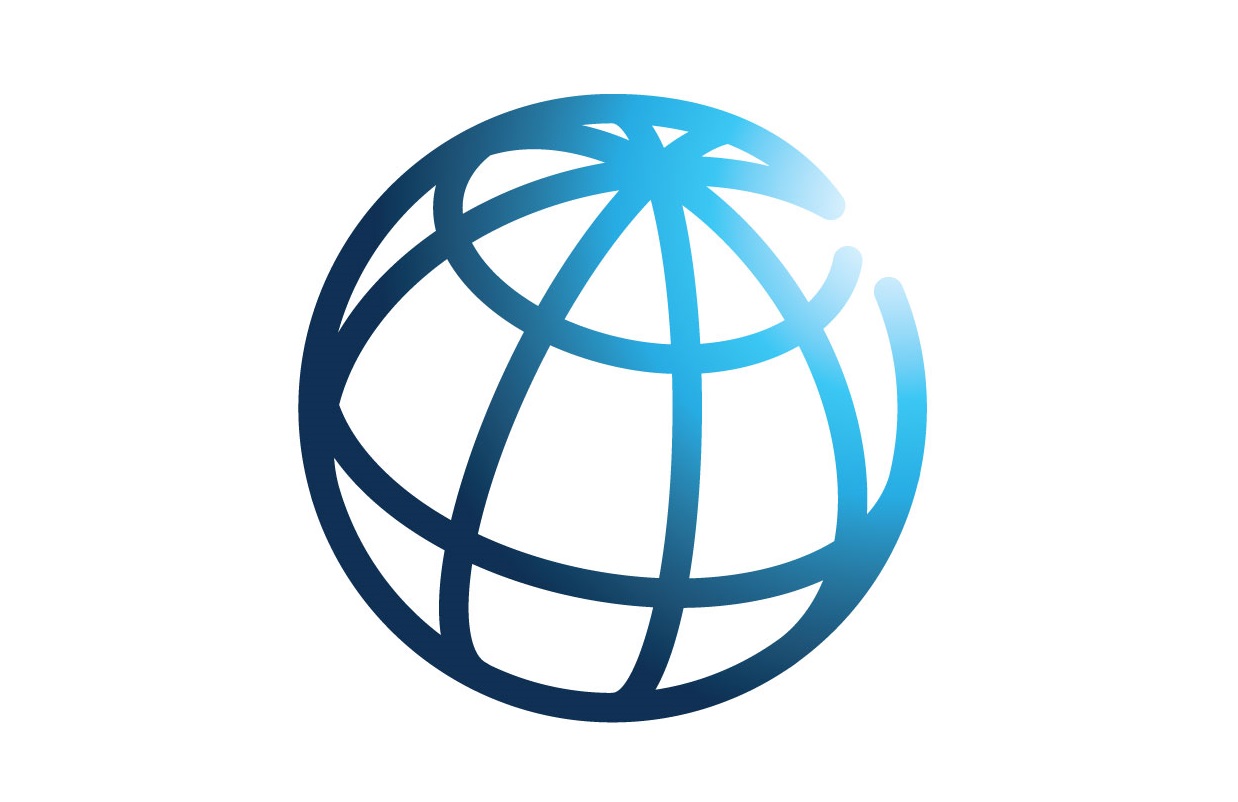BAKU, Azerbaijan, October 29. The World Bank today released its first periodic Country Economic Review for Azerbaijan (CERA) with detailed information on the country's macroeconomic indicators and prospects, Trend reports.
The CERA constitutes a biannual report that provides a comprehensive assessment of recent economic developments and future prospects within the country.
Each edition of the report comprises two sections: the first evaluates recent economic trends while addressing medium-term prospects and associated risks, and the second provides an in-depth analysis of specific policy issues.
Azerbaijan has exhibited notable resilience to both global and regional economic shocks over the past decade.
Key reforms, including the adoption of the Competition Code, substantial tax reforms, the simplification of licensing and permit procedures, and the enhancement of transparency in labor relations, among other measures aimed at improving the business environment, have significantly contributed to the promotion of entrepreneurial activity.
The country’s economic reforms, strategic positioning within the South Caucasus, and abundant energy resources have facilitated robust economic growth and contributed to a significant reduction in poverty.
The government’s emphasis on macroeconomic stability has enabled the country to navigate periods of volatility, including the 2015 oil price shock and the COVID-19 pandemic, while maintaining fiscal and foreign trade surpluses, low public debt levels, and substantial macroeconomic reserves.
Recent analysis indicates that although the oil and gas sector contracted by 3.2 percent during the first half of 2025, non-oil sector growth reached 3.9 percent.
Activity in construction, transport, information and communication technology, and retail trade has returned to pre-disruption levels, while agriculture and tourism continued to sustain growth momentum. Inflationary pressures moderated toward the end of June, as domestic and external factors eased, resulting in an annual inflation rate of 4.8 percent.
This is close to the midpoint of the Central Bank of Azerbaijan’s target range (4 ± 2 percent). The external and fiscal balances are in sizeable surpluses, although the decline in oil and gas revenues has somewhat dampened these indicators.
Macroeconomic buffers remain strong: State Oil Fund (SOFAZ) reserves increased by 13.2 percent to $65 billion (88 percent of GDP), while Central Bank of Azerbaijan (CBA) reserves increased to $11.5 billion, equivalent to 5.6 months of imports.
Looking ahead, economic growth is projected to average 1.7 percent from 2025 through 2027. This is due to a tightening of fiscal policy in the context of lower oil prices. Inflation is expected to remain within the CBA’s target range. Risks include prolonged low growth and a sharper decline in energy prices. While there are sufficient buffers against short-term risks, long-term sustainability will depend on the success of efforts to diversify the economy through structural reforms.
A special focus of this issue is non-oil sector investment and the issues affecting its growth. Investment levels have been around 20 percent of GDP in recent years. This is largely due to a decline in public investment amid declining oil and gas revenues.
Domestic private investment is concentrated in inward-oriented sectors, such as construction. To harness the potential of the private sector, the report highlights the importance of structural reforms.
These reforms could include increasing policy stability, improving the level playing field, expanding access to finance, and strengthening the judiciary.
This first Country Economic Review aims to inform policy debates, support evidence-based decision-making, and promote dialogue among various stakeholders on ways to create jobs and increase productivity.
Stay up-to-date with more news on Trend News Agency's WhatsApp channel







